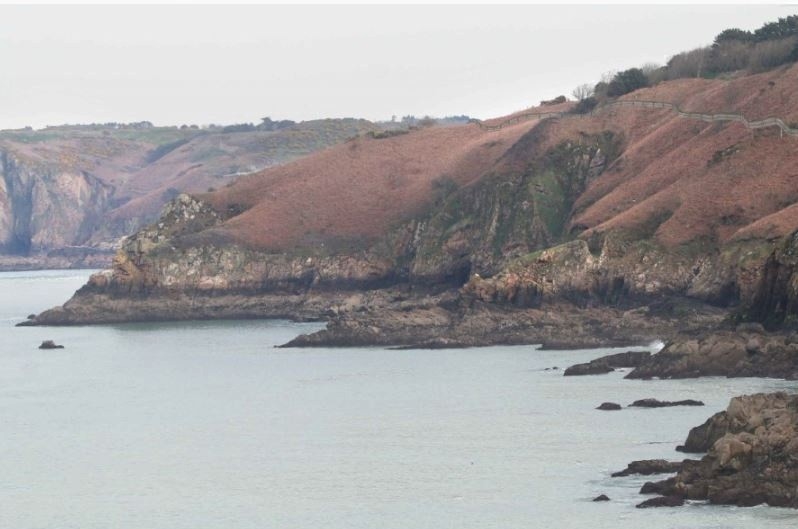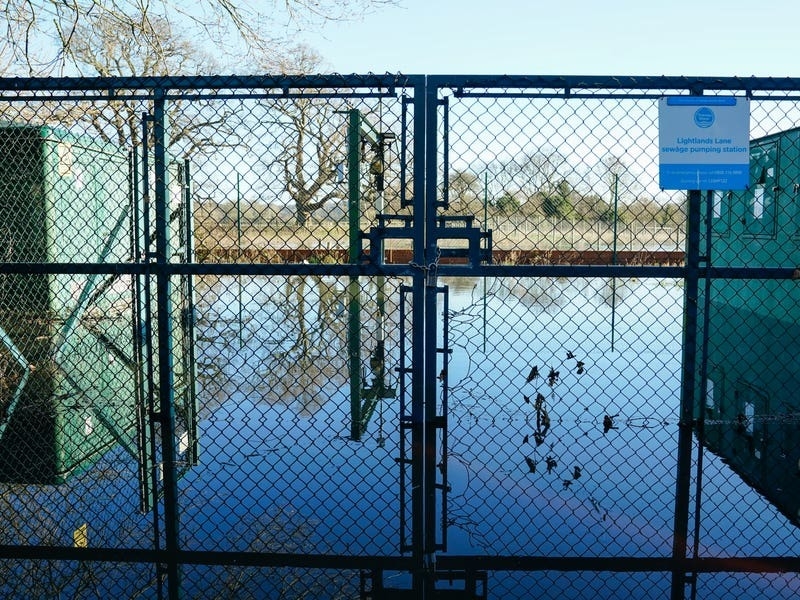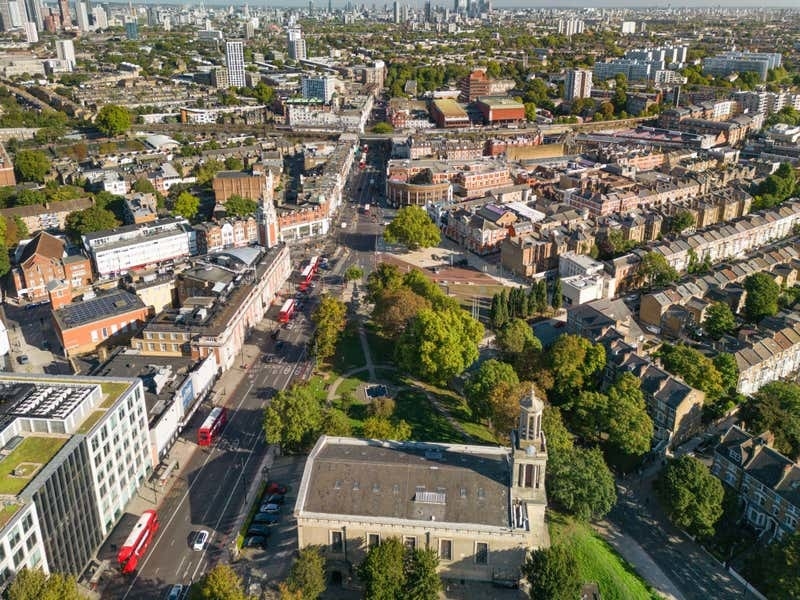ISLANDERS are being asked to weigh the preservation of the Island’s puffin colony against the visual impact of protective fencing required to create a seabird reserve east of Plémont.
The Birds on the Edge partnership has submitted a planning application for a 15-metre-long section of temporary fencing to show the impact of what it would like to install a mile of fencing along the coastline to protect the puffins, their eggs and chicks from predators such as rats and ferrets.
The mock-up will be identical in height, colour and look to a real predator fence and will be in place for a minimum of two months to give the public the chance to assess its impact. Islanders are also encouraged to engage with the project using a range of platforms including drop-in sessions, opinion polls and social media.

Cris Sellarés, project officer of BOTE, said that with only eight puffins left in Jersey, there was a real risk that the Island would lose its iconic seabird unless urgent action was taken.
She said: ‘The BOTE partners fully recognise that such a strategy comes at a price and the proposed fence will have some visual impact upon the coastal landscape. It is, therefore, imperative that Jersey’s community has the opportunity to assess the impact for itself and decide whether it feels this project should go ahead.
‘Such decisions are never easy but undoubtedly will be increasingly required if our community is going to play a full and active role in addressing the current biodiversity crisis,’ she continued, adding that the continuing loss of biodiversity in Jersey through local extinctions would inevitably result in a denuded and poorer environment for present and subsequent generations.
Her view was shared by Dr Glyn Young, curator of birds at Durrell and a co-founder of the BOTE partnership, who also highlighted the impact of predators on the diversity of the natural environment .
‘Provision of a predator-proof fence to protect our Island’s remaining puffins and other seabirds may be the last hope we have to keep these wonderful birds in Jersey. Seabirds today face a multitude of global problems from changing sea temperatures and overfishing to pollution and human disturbance. They need safe areas to nest and rear their young away from non-native predators who, if left free to access nest sites, would eat the birds’ eggs and chicks,’ he said.
Dr Young added that the creation of a predator-free site could also result in the return of former breeding seabirds such as the Manx shearwater and storm-petrel which, though annual visitors, were deterred from nesting.






